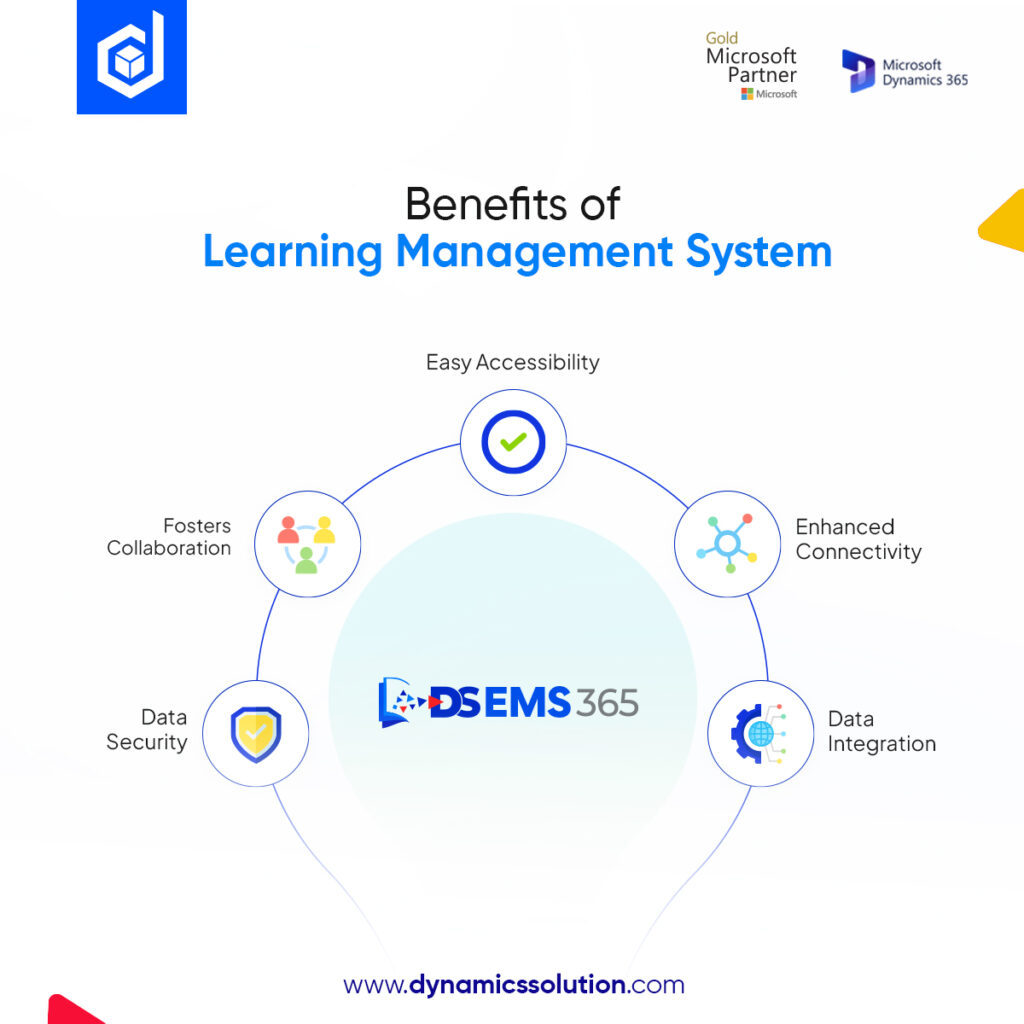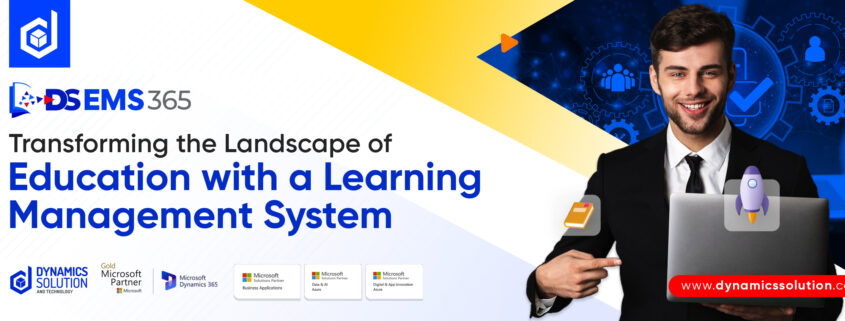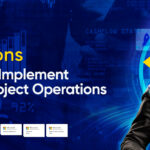Digitalization is recalibrating the traditional idea of the classroom and education system. According to Forbes, 1.1 million students are enrolled in online universities and colleges in the US. In 2021, the percentage of students studying online was 26% out of all postsecondary students. The need was realized with the pandemic when schools were closed globally to stop the spread of COVID-19. This also raised the question regarding the lack of alternative options to continue education. Gradually the institutions shifted to online platforms to avoid the loss of academic years of students. However, there were many other obstacles like access to educational material, books, and other modules because bookstores were also closed due to SOPs. Students had to rely on segregated content and resources available online, but it was not the ultimate solution.
Learning Management Systems (LMS) are not a completely new phenomenon, but they gained popularity and demand increased during the pandemic. According to Global Market Insights, the market size of LMS was 38.7 billion USD in 2022 and it is expected to reach 232.8 billion USD by 2032, indicating an increase of 17% in CAGR. LMS brings sophisticated information and communication technologies and converges them to streamline, unify, and improve the functionality of your institute. DS EMS 365 provides a full-suite solution that links all the stakeholders and workflow of educational institutes. One of the high-tech features of DS EMS 365 is the Learning Management System.
This blog sails on a journey to understanding digitalization in education with LMS, its key components and what it holds for the future. Let’s begin.
Navigating Through the Digitalized Learning Management
LMS has made learning easier, accessible, and coherent. Before exploring its features and functionality, it is necessary to understand the core concept. LMS is a web-based software that allows online teaching, course material provision, assessment, and grading modules in a single dashboard. It streamlines and centralizes the operations related to faculty, administration, teaching, student curriculum, and all learning materials. It enables a hybrid model of education using which everything you are teaching is available online, which is a cutting-edge feature, especially for those who are enrolled in distance learning.
Learning management fosters an inclusive and connective ecosystem across all tiers of your educational institute, starting from the administrative level to your faculty, students, and parents. Though it is assumed to circulate the course content and related material, it also helps with assessment, tracking, and interactivity. The upcoming section takes a deeper look into the components of LMS.

Key Features of Learning Management System
LMS does not provide a platform for course material exchange as usually assumed, it goes beyond the aspects of the mere course work and holds horizons of other functionalities. Some of the components of LMS are listed below.
Course Management: As a higher education student, all of us have accessed LMS portals to get some course material. The backend involves a lot of steps which start from the creation of the course separated according to their majors and subject line, organizing the material in the sequence of course outline week-wise, and ensuring the availability of content across to all users in a user-friendly interface. This comes with easy navigation through the online system to enhance user experience and accessibility.
Managing User Data: It is mandatory to keep a record of those authorized to access the portal. Usually, those directly enrolled have this benefit. LMS allows you to add new enrollments to the database directly. You don’t have to wait for administrative procedures to get it done. At the same time, it does not concern the students only. This web-based software for learning management involves administrative and faculty members to streamline functionalities. But how would a system know who is accessing the information or who is trying to amend it, even if they have this authority? By simply managing roles for each user, you can ensure a seamless workflow without worrying about data loss or unauthorized access.
Assessment and Grading: Learning management has surpassed the conventional sphere regarding content provision. Along with the learning platform, it allows you to assess and grade your students. Whether it is a weekly assignment, quiz, or semester exam, you can schedule and hold it online. As Forbes indicated, 7.5 million students in the USA take online classes, so this is an advantage for all those enrolled in distance learning programs. It facilitates students appearing in exams online and facilitates teachers to check and mark the assessments online. The student’s evaluation and results are available online for them to review and reflect on their performance.
Performance Tracking: With assessments and grading available online, teachers, students as well as administrators can view and analyze the rise and fall in academic performance,
any consistencies or inconsistencies, or any performance gap to define a better course of action for every student. It will help them determine the course content’s effectiveness and methodologies, allowing them to improve at either end.
Communication Channels: Unlike conventional channels, LMS allows effective communication and eliminates any barriers. Through features like SMS integration, SharePoint integration, and emails to keep up with updates. Alongside, it provides you with options for discussion channels, audio and video conferences, workshops, and training sessions. It serves the core value of education by providing seamless interaction between students and teachers.
Moreover, the enhanced capabilities of LMS in DS EMS 365 allow you to integrate with your existing system to provide you with collaboration and a unified experience by centralizing all your tech tools in one place.
Leverage Automation in Learning with Dynamics Solution and Technology
A simplified and end-to-end managed solution is all an educational institute needs in order to streamline its web-based learning management. DS EMS 365 is an integrated solution that fosters automation and innovation for your educational institute by equipping you with cutting-edge technology that integrates all your system and data to provide a simpler and streamlined experience to both the user and admin end. LMS is one of the unique and high-tech features catering to the demands of the faculty, administration, and students alike.
Dynamics Solution and Technology is there to help you embrace digital transformation for your institute by implementing an integrated learning management system with a list of features and benefits that has no end. Dynamics Solution and Technology has been helping organizations across the globe to step into a digitalized realm and now it is turn for your institute.
So, check out the marvels that you can witness for your educational institute by implementing an innovative LMS. Click here to book your demo today.






